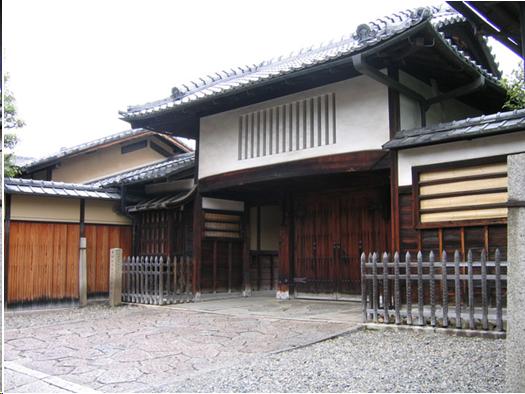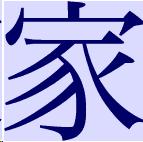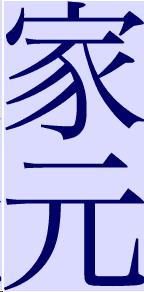Zen and Tea Learning
Table of Contents
Text and Images from Slide
Ie
The structure of Tea organizations is usually based on the traditional Japanese model of the family or house.
Iemoto

The Main Gate of the Omotesenke Tea Lineage


Ie
The structure of Tea organizations is usually based on the traditional Japanese model of the family or house.
Iemoto

The Main Gate of the Omotesenke Tea Lineage


A number of subsidiary families may be linked to a main house. The main house has the overall obligation to:
1. maintain the family line biologically (or through adoption),
2. perform memorial rites for the ancestors, and
3. ensure the economic survival of the group.
The main house is called the honke or iemoto.